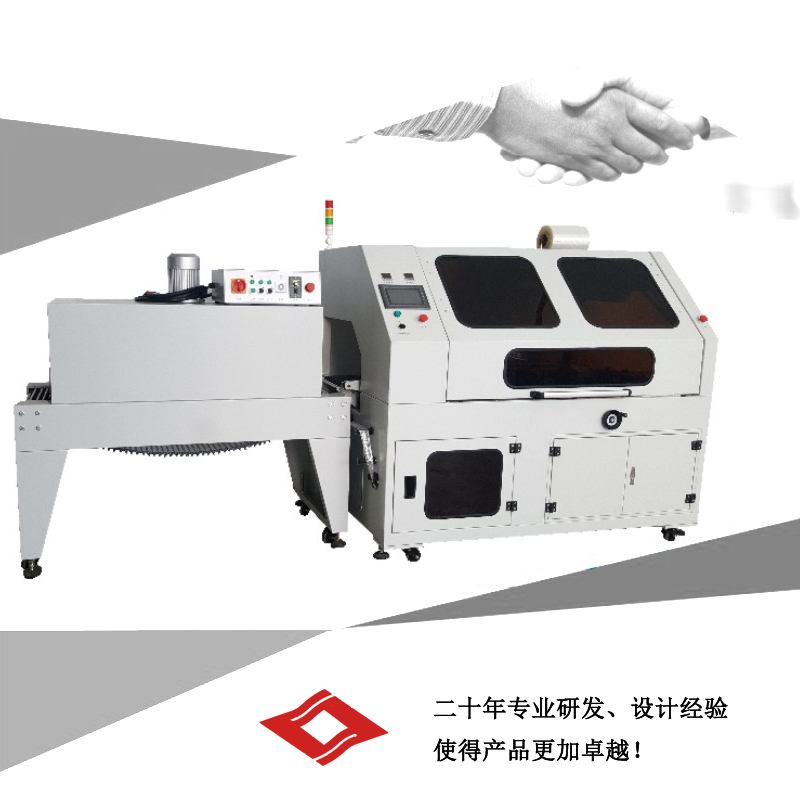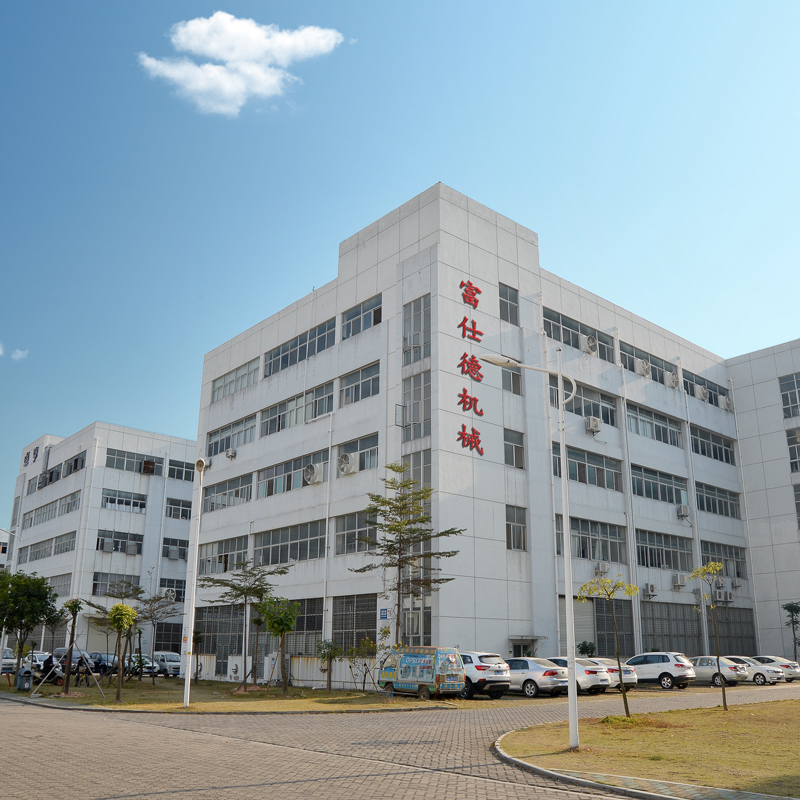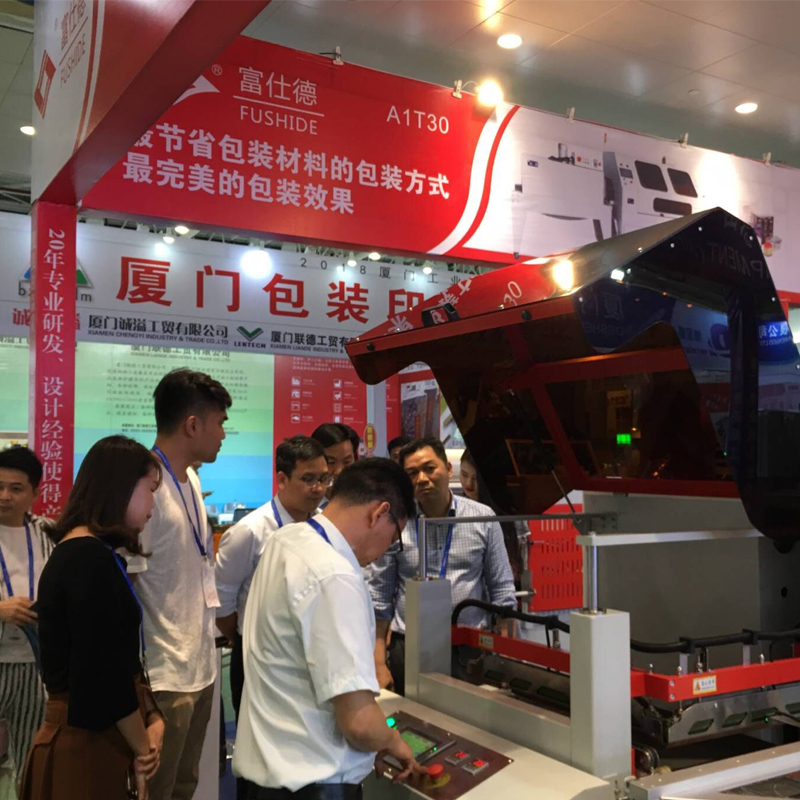News classification>>
Automation will create more jobs, not disrupting employment
Introduction: The industrial 4.0 industry revolutionary arrival, not only the simple position of low-end industrial production repetitive operations is replaced by robots, but also high-end financial analysts, lawyers, judges, doctors, etc. will be squeezed out by intelligent robots. New technologies and new economic revolutions such as the Internet, mobile Internet, big data, cloud computing, Internet of Things, and intelligence are bringing huge challenges to traditional industries.
Whether automation has undermined employment has become one of the main topics of concern for economists and politicians. At a time when Trump's shelling trade reduced US manufacturing jobs, some economists said that trade only played a quarter of the role, and the remaining three-quarters were caused by technological advances and automation.
Automation based on artificial intelligence and industrial robots is growing at a geometric speed worldwide. In particular, the industrial 4.0 industry revolutionary arrival, not only the simple position of low-end industrial production repetitive operations is replaced by robots, but also high-end financial analysts, lawyers, judges, doctors, etc. will be squeezed out by intelligent robots. New technologies and new economic revolutions such as the Internet, mobile Internet, big data, cloud computing, Internet of Things, and intelligence are bringing huge challenges to traditional industries.
These challenges include the full robotization of economic activities or the redistribution of wealth or the widening of the gap between rich and poor. The logic is this: the distributional relationship of the existing pattern is that labor, capital, management, and the state's four parties become the main elements of participation. The labor force, as the first factor of production, receives the income distributed from the laborers in labor, and is expressed as salary and salary. Capital gains capital investment in production and operation. The state, the government, obtains fiscal revenue through taxation. Managers receive remuneration through hard work and performance, which is expressed as annual salary.
However, after the full-scale robotization or full automation of economic production activities, it is equal to the job of depriving workers. The income of labor from the distribution of production and management has gradually disappeared. After the labor position becomes a robot, it means that the robot also becomes capital. In other words, capital has expanded and the proportion in distribution has become higher and higher. Then, wealth is concentrated in capital, and the income of laborers is getting less and less.
Another big problem is that the full implementation of robotic automation has the greatest impact on workers' jobs. It is no longer a new thing to repeat the operation of the industrial robot replacement workshop. At present, intelligent robots are replacing positions such as financial analysts in the high-end service industry. It is not difficult to imagine that there are still jobs that cannot be replaced by robots.
In this regard, there has been a phenomenon in the world where robots, especially intelligent robots, are enemies. Some governments are trying to stop the development of robots, but actually reject technological progress and innovation.
The income gap caused by robots has widened and impacted employment. The rich and powerful elites including Bill Gates have recommended that the government tax the robots to narrow the income gap and subsidize white workers such as industrial workers and financial analysts.
A detailed analysis of the employment impact on automation such as robots is either a bit magnified or over-stressed. In fact, the impact on employment is not as big as it is imagined.
Recently, studies have shown that from the perspective of industrial robot stocks and manufacturing employment ratios in OECD countries, there is a positive correlation between the two. That is, the growth of robotic automation and employment growth are presented simultaneously. From 2002 to 2016, with the increase in industrial robots, manufacturing employment has also increased. However, it should be pointed out that the manufacturing industries of these selected OECD “model countries” are basically in the upper layer of the value chain, and the time of selection is also the time period for automation to basically end the elimination of low-skilled workers. This result may not be applicable to low-end manufacturing. And automation in the initial stages of the country.
This shows that, like everything, there will definitely be some shock and discomfort at the beginning. However, as the robot develops from the initial stage to the depth, its derivative and driven industry growth, value growth, and other job increases will soon appear. However, people are often intimidated by the initial pains of the initial stage, and they are retreating, which ultimately hinders the revolution and progress of new technologies. It is very important to give a sufficient observation period.
The automation of manufacturing will not only destroy employment, but also create more jobs in other sectors: automation will increase the income of “industrial workers” who design and use robots, which will mainly enter the service industry and create more service employment. At the same time, automation further reduces the price of the product, bringing greater purchasing power to the whole people, and then creating greater demand and employment. Although the new technological revolution has been subversive, it has never broken the basic principles of economics.
Robotic automation ultimately adds wealth and revenue while reducing product costs. The increased wealth income will eventually be transformed into a new driving force for the economy. The ultimate cost increase is the purchasing power and the consumption power. In the final analysis, it will become a new driving force for employment and increase new jobs.
Whether automation has undermined employment has become one of the main topics of concern for economists and politicians. At a time when Trump's shelling trade reduced US manufacturing jobs, some economists said that trade only played a quarter of the role, and the remaining three-quarters were caused by technological advances and automation.
Automation based on artificial intelligence and industrial robots is growing at a geometric speed worldwide. In particular, the industrial 4.0 industry revolutionary arrival, not only the simple position of low-end industrial production repetitive operations is replaced by robots, but also high-end financial analysts, lawyers, judges, doctors, etc. will be squeezed out by intelligent robots. New technologies and new economic revolutions such as the Internet, mobile Internet, big data, cloud computing, Internet of Things, and intelligence are bringing huge challenges to traditional industries.
These challenges include the full robotization of economic activities or the redistribution of wealth or the widening of the gap between rich and poor. The logic is this: the distributional relationship of the existing pattern is that labor, capital, management, and the state's four parties become the main elements of participation. The labor force, as the first factor of production, receives the income distributed from the laborers in labor, and is expressed as salary and salary. Capital gains capital investment in production and operation. The state, the government, obtains fiscal revenue through taxation. Managers receive remuneration through hard work and performance, which is expressed as annual salary.
However, after the full-scale robotization or full automation of economic production activities, it is equal to the job of depriving workers. The income of labor from the distribution of production and management has gradually disappeared. After the labor position becomes a robot, it means that the robot also becomes capital. In other words, capital has expanded and the proportion in distribution has become higher and higher. Then, wealth is concentrated in capital, and the income of laborers is getting less and less.
Another big problem is that the full implementation of robotic automation has the greatest impact on workers' jobs. It is no longer a new thing to repeat the operation of the industrial robot replacement workshop. At present, intelligent robots are replacing positions such as financial analysts in the high-end service industry. It is not difficult to imagine that there are still jobs that cannot be replaced by robots.
In this regard, there has been a phenomenon in the world where robots, especially intelligent robots, are enemies. Some governments are trying to stop the development of robots, but actually reject technological progress and innovation.
The income gap caused by robots has widened and impacted employment. The rich and powerful elites including Bill Gates have recommended that the government tax the robots to narrow the income gap and subsidize white workers such as industrial workers and financial analysts.
A detailed analysis of the employment impact on automation such as robots is either a bit magnified or over-stressed. In fact, the impact on employment is not as big as it is imagined.
Recently, studies have shown that from the perspective of industrial robot stocks and manufacturing employment ratios in OECD countries, there is a positive correlation between the two. That is, the growth of robotic automation and employment growth are presented simultaneously. From 2002 to 2016, with the increase in industrial robots, manufacturing employment has also increased. However, it should be pointed out that the manufacturing industries of these selected OECD “model countries” are basically in the upper layer of the value chain, and the time of selection is also the time period for automation to basically end the elimination of low-skilled workers. This result may not be applicable to low-end manufacturing. And automation in the initial stages of the country.
This shows that, like everything, there will definitely be some shock and discomfort at the beginning. However, as the robot develops from the initial stage to the depth, its derivative and driven industry growth, value growth, and other job increases will soon appear. However, people are often intimidated by the initial pains of the initial stage, and they are retreating, which ultimately hinders the revolution and progress of new technologies. It is very important to give a sufficient observation period.
The automation of manufacturing will not only destroy employment, but also create more jobs in other sectors: automation will increase the income of “industrial workers” who design and use robots, which will mainly enter the service industry and create more service employment. At the same time, automation further reduces the price of the product, bringing greater purchasing power to the whole people, and then creating greater demand and employment. Although the new technological revolution has been subversive, it has never broken the basic principles of economics.
Robotic automation ultimately adds wealth and revenue while reducing product costs. The increased wealth income will eventually be transformed into a new driving force for the economy. The ultimate cost increase is the purchasing power and the consumption power. In the final analysis, it will become a new driving force for employment and increase new jobs.





















